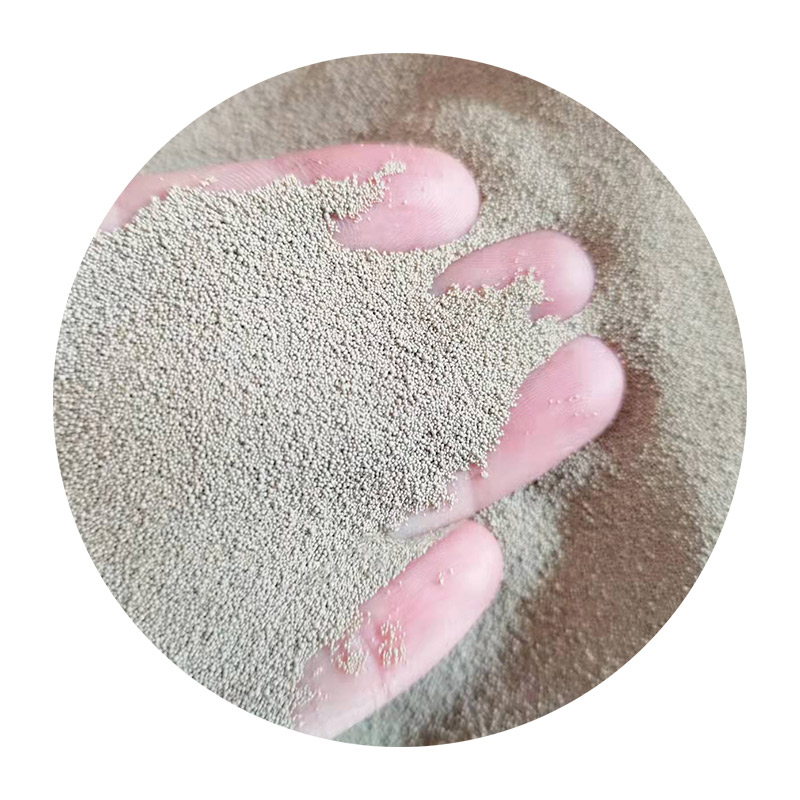

Cooling and mold breaking follow, where the solidified metal is carefully extracted. This step demands a precise balance—too soon, and the cast may warp or crack; too late, and removal may prove challenging, jeopardizing the fidelity of the product. The experience gained through years of operation lends itself to executing this timing perfectly. Finally, the casting is cleaned and finished. Surfaces may be treated or machined to remove imperfections, enhance appearance, or achieve adherence to stringent specifications. The commitment to ensuring a high standard of quality demonstrates the trustworthiness that professionals in the sand casting industry are known for. Every piece undergoes detailed inspection to certify that it meets the engineering and safety standards set forth. The sand casting procedure, rich in both tradition and technical know-how, lays the foundation for producing an array of mechanical components used globally. Its sustained relevance in manufacturing attests not only to the inherent value of the process but also to the decades of combined expertise and authoritative skill that professionals bring to this field. Trust in sand casting as a reliable procedure is well-placed, as time-tested methodologies are complemented by continual advancements, guaranteeing that this formidable craft will persist as a pillar of modern engineering and production. Post time:jan . 14, 2025 12:39
Next:sand casting metal process
